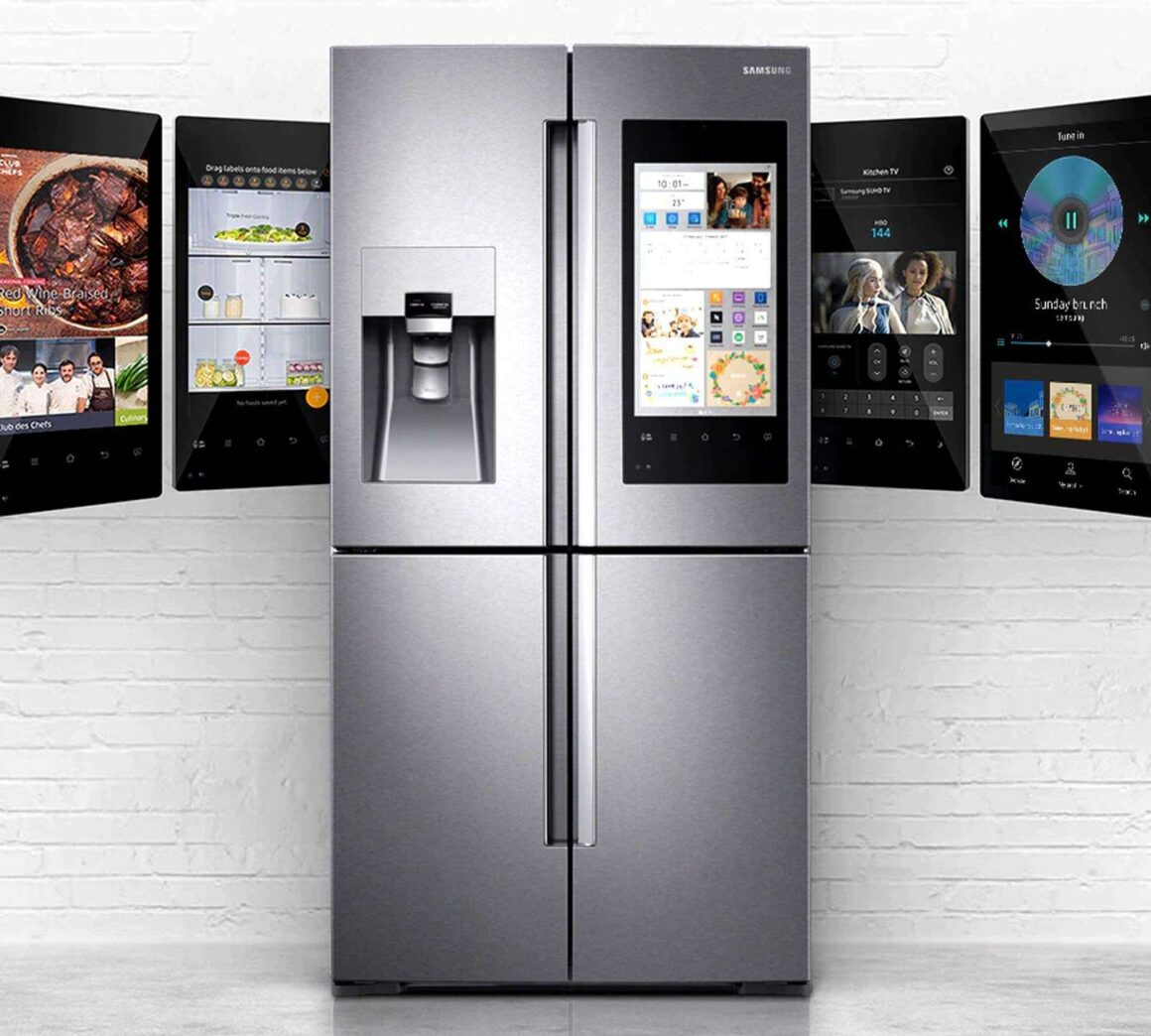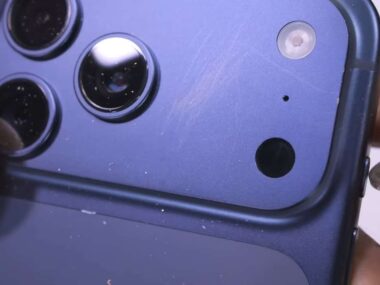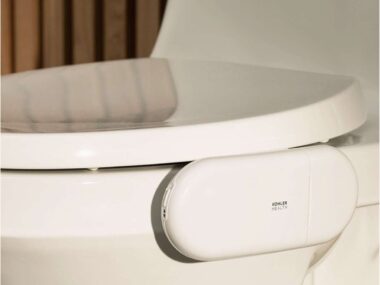The Billboard in Your Kitchen
Samsung is doubling down on adding ads to their U.S. based Family Hub refrigerators. Starting October 27, ads will appear on the large-screen models with the 21.5- and 33-inch displays. The same screens meant for checking your calendar or weather are now doubling as promotional real estate. The rollout is currently limited to U.S. models. You can technically make the ads disappear but only if you’re on the Art and Album screens.
Samsung calls it a pilot program. The company insists the ads will only promote Samsung-related products for now. “For now” is doing a lot of heavy lifting there. Because when a smart fridge starts running ads, it’s only a matter of time before that space becomes open for third-party advertisers.
Smart Home or Ad Platform?
Smart home devices are supposed to make life easier or more efficient. You buy a refrigerator ranging from $1,800 to $3,000. You bought it for innovation, not to get hit with ads for water filters. You want it to make your routines smoother, not try to sell you something while you’re reaching for the milk. That’s exactly where we’ve landed. A premium appliance morphing into a digital billboard in your own kitchen.
It’s a shift that’s easy to overlook because it happens through updates to your device. The pattern is clear: the moment a device connects to the internet, it becomes potential ad space.
The Fridge Was Just the Start
Samsung says the ads appear only when the fridge is idle and won’t interrupt other modes like Art or Albums. That sounds harmless until you realize this is how normalization begins. First, it’s Samsung-branded promotions. Next, it’s “partnered” content. Eventually, it’s open for any third-party advertisers willing to pay.
That’s the trajectory of every platform that starts with “our ads only.” Once the infrastructure is in place, the temptation to expand becomes irresistible.
This isn’t just about Samsung. It’s what happens when companies decide to control what happens to our devices. You bought the hardware, but they still control the experience. If they can turn that experience into profit, they will.
The Hidden Cost of a “Smart Home”
A refrigerator that costs several thousand dollars shouldn’t behave like a freemium app. There’s something insulting about being told that your home appliance will “enhance value” by showing ads.
Even if the ads are limited to Samsung’s ecosystem, the principle is the same. The company’s priorities shifted from user experience to monetization. Once that line is crossed, there’s no going back.
This is the direction the smart home is heading. Toward a space where convenience is traded for commercialization. Every connected device becomes another revenue stream.
The Family Hub ads aren’t just an annoying update. They’re a sign of where things are going.
If your refrigerator can become a billboard, anything with a screen and an internet connection can too. A device that’s supposed to simplify your home is now finding ways to push people into spending more money.
When Samsung says the ads are meant to “enhance value,” maybe they’re right. They’re just not talking about enhancing value for you.






